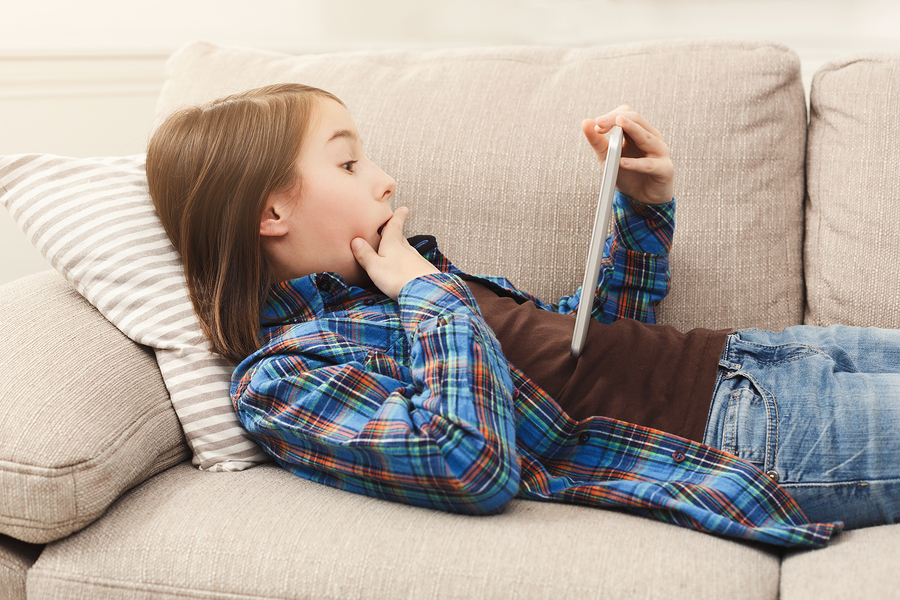
Bitefile how to navigate shocking news
Shocking images of wars, accidents, and violence…To capture attention, news reports have become increasingly sensational and intense in recent years. Social media amplify the spread of these distressing images on a large scale. We are exposed to them without actively seeking them out. What impact do these shocking news images have on viewers? Why does one image affect us more than another? And how can we handle distressing news images in a media-literate way?
Bitescience explored the scientific research to find out. Most of the insights in this Bitefile are based on studies on news about events involving aggression, violence, and/or human suffering (e.g., war, terrorism, crime, accidents, refugees). The bitefile was made in collaboration with the Dutch Media Literacy Network. All consulted literature can be found here.
What is the impact of shocking images in the news?
- Shocking news images of aggression, violence, and human suffering can raise awareness of injustices and appeal to our moral conscience. People tend to react with anger or disgust when they see others suffering unjustly. This can increase awareness of global problems and drive a greater longing for government intervention.
- Seeing distressing images of people affected by war or other forms of violence and aggression can foster a sense of connection and empathy toward them.
- These images also influence our emotional state—many people experience feelings of fear and anxiety after seeing them. This applies to both adults and children.
- For young viewers, fear can arise from directly witnessing distressing news images, but also from observing fear reactions in others, such as their parents. In young viewers, these fears are often accompanied by worry, anger, and sadness.
- The more people are exposed to shocking news images, the less emotionally affected they become - a phenomenon known as desensitization. This applies to both adults and children. As a result, children may become less inclined to help others in need.
Why do some images have a stronger impact than others?
Shocking news images have a greater impact when:
- The depicted situation feels close or relevant. This can be due to physical proximity (e.g., the war in Ukraine may feel closer than the war in Syria) or personal relevance, for example news about violence is more impactful when it involves people who resemble you or with whom you identify, such as violence against the LGBTQ+ community if you belong to that group.
- The images are highly graphic and explicit. For example, when showing severe physical injuries or close-ups of human suffering.
- The images are framed negatively. When they primarily evoke negative emotions (such as fear) and offer little or no positive associations (such as hope), they have a stronger impact on the viewer.
- The viewers are children. Younger children experience more fear after seeing distressing news images than older children. However, as children grow older, they become more affected by the perceived proximity of events. Older children feel more anxious and vulnerable when witnessing distressing news that feels close to them compared to younger children.
5 Tips for Handling Distressing News Images in a Media-Literate Way
1. Talk About It
Research shows that discussing distressing news images and the emotions they trigger can help reduce the intensity of those emotions—for both adults and children. For children, talking about difficult news with parents or caregivers can help alleviate fear responses. However, for children who are rarely exposed to such images, these conversations may have the opposite effect. The website Nieuws in de Klas offers tips on how to talk to children about distressing events and news images.
2. Encourage Peer Conversations
Encouraging children to talk with their peers about distressing news can help them process their emotional reactions. It reassures them that they are not alone in experiencing fear, anxiety, or other emotions and allows them to learn from others about how to manage these feelings.
3. Choose Child-Friendly News Sources
A good example is Jeugdjournaal, a news source specifically designed for children. It employs strategies to help children regulate their emotional responses to news. For instance, it features children who were not directly involved in the event, sharing their perspectives. Hearing how other children handle their emotions can be reassuring. Additionally, expert commentary on a situation can reduce children’s fear responses. The Jeugdjournaal website also provides practical tips for children on dealing with distressing news.
4. Seek Out Constructive News
Constructive news focuses on solutions and is framed in a more positive way (evoking emotions such as hope). Research suggests that presenting distressing news in a constructive manner helps both adults and children cope better, protecting them from intense negative emotions while simultaneously enhancing positive ones.
5. Reduce News Consumption
If you still feel anxious or upset despite these strategies, consider consuming less news. The fewer news reports you see, the less likely you are to encounter distressing images. Avoiding news on social media can be challenging, as distressing news images often appear unexpectedly. However, you can take steps to limit exposure, such as unfollowing news channels.
Unanswered Questions for the Future
While there is substantial research on the effects of distressing news and how adults and children can cope with it, several questions remain:
- How can news attract attention and engage people in important events without desensitizing them to distressing images or causing long-term negative emotional effects (such as anxiety)?
- How can social media users prevent unwanted exposure to distressing news images?
- How can people learn to recognize constructive news?
- What personality traits influence sensitivity to distressing news images?
- Which coping strategies are most effective for dealing with distressing news images? Do these strategies vary by age group?